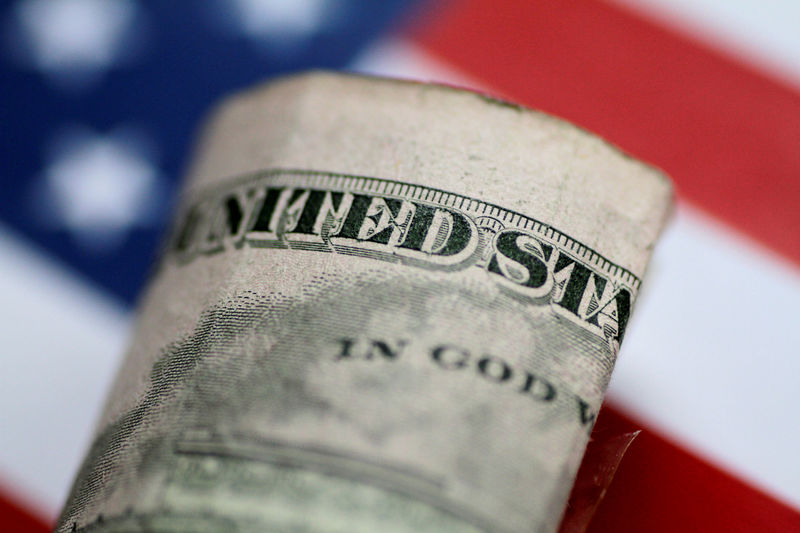Investing.com - The U.S. dollar rose Tuesday, climbing to 10-month highs after bond yields soared to 16-year peaks amid growing expectations that U.S. interest rates will rise further this year.
At 03:15 ET (07:15 GMT), the Dollar Index, which tracks the greenback against a basket of six other currencies, traded 0.2% higher at 105.880, having touched its highest level since November at 106.100 on Monday.
Kashkari hints at further Fed hike
The dollar received a boost after Minneapolis Federal Reserve Bank President Neel Kashkari said late Monday the U.S. central bank probably needs to raise borrowing rates further and keep them high for some time to bring inflation back down to 2%.
"If the economy is fundamentally much stronger than we realized, on the margin, that would tell me rates probably have to go a little bit higher, and then be held higher for longer to cool things off," he said at an event at the Wharton School of Business
The Fed last week held its policy rate steady in a range of 5.25%-5.50%, but the policymakers also indicated they are likely to keep rates high longer than earlier thought, with less than half expecting to cut rates to below 5% next year.
This combination of hawkish Fed speak as well as resilient economic data has resulted in the 10-year Treasury yield topping 4.5% for the first time since 2007.
There are economic numbers to digest later Tuesday, in the form of U.S. consumer confidence and home sales data, which could impact the dollar later in the session.
Euro, sterling retreat sharply
The dollar strength has weighed heavily on the euro and sterling, with the likelihood of the Fed increasing interest rates again this year contrasting with the European Central Bank hinting at a pause in its hiking cycle while the Bank of England halted its prolonged run of interest rate hikes last week.
EUR/USD fell 0.1% to 1.0575, continuing Monday’s 0.5% drop and on course for a 3% drop in the quarter, its worst quarterly percentage loss for a year.
GBP/USD fell 0.3% to 1.2175, dropping to a six-month low, on course for a hefty loss of 3.8% over the three months to September.
Weakness in Asian currencies
USD/JPY rose 0.2% to 149.14, with the yen close to a 11-month low against the dollar. The pair remains close to the 150 level, which traders expect to attract intervention by the government.
The currency was battered in recent sessions by the Bank of Japan reiterating its ultra-dovish stance, a stance which contrasts with the more hawkish position of the Fed.
USD/CNY traded largely flat at 7.3111, with the Chinese yuan struggling near 10-month lows, weighed by persistent concerns over weakness in its massive debt-ridden property sector.
Focus this week will be on Chinese purchasing managers’ index data, which is expected to show continued weakness in business activity.
